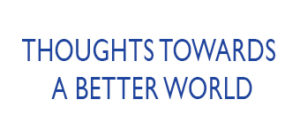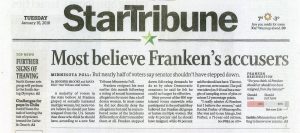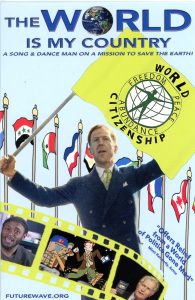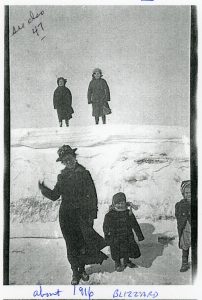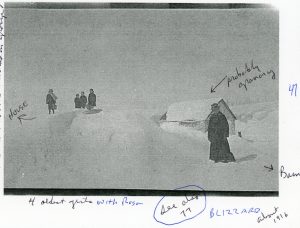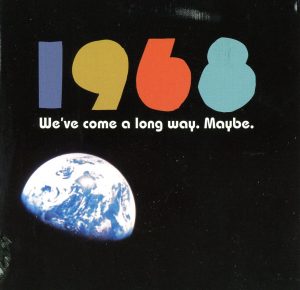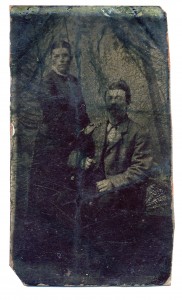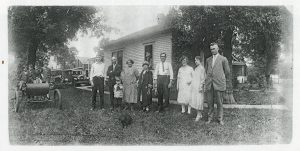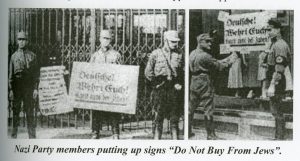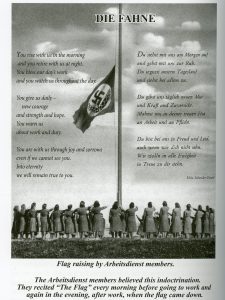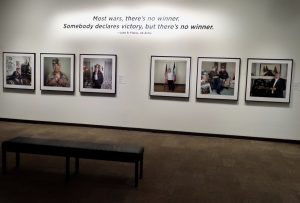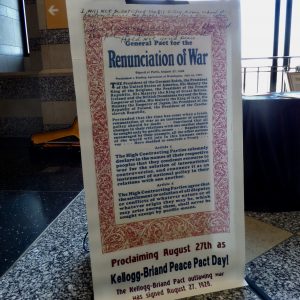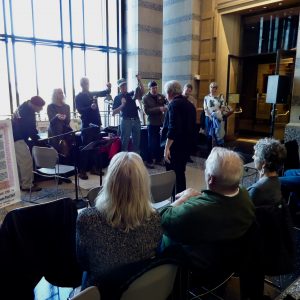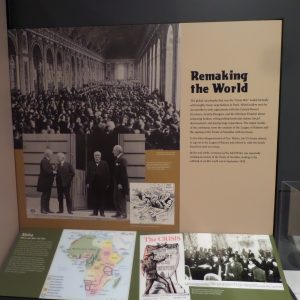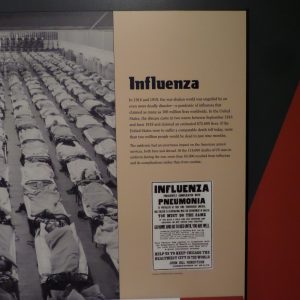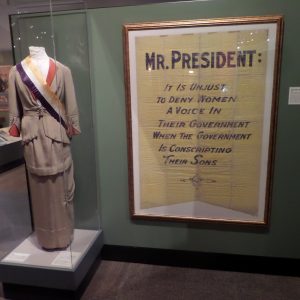Our National Insanity
Published as the students from Marjory Stoneman Johnson are speaking in Tallahassee FL.
Previous related posts: Feb. 14, Feb 15, Feb. 17 (two posts)
Today is one week out from the massacre at Parkland, Florida.
In the last 48 hours came two items that especially drew my attention. There are many, many more such items, granted, but I’d recommend these two:
1. The Washington Post (WaPo), on Monday morning, simply listed the names of those killed in mass shootings in the United States since Columbine, April 20, 1999. I hope you read it, here.
But only one week after the carnage in Parkland, FL, on Valentine’s Day, we seem generally back to our “normal”: A kind of national insanity, hopelessness. Outrage replaced by resignation…except for a few very brave souls.
2. Then there’s the plague of misinformation: Newsweek Online, scroll down to the article “The social media psy op that took down Al Franken“. These days it is hard work to decide what to believe. Is everything “fake news”. No longer is it a foolish question. Can I even trust “Newsweek”?
Newsweek. I subscribed to Newsweek for many years, at minimum through 2004 (I have hard evidence of such here in my home office). But Newsweek the magazine no longer even exists. Thankfully there’s a wiki article about Newsweeks changes in recent years.
WaPo, too, has gone through major changes in ownership. Washington Post is a part of the Amazon empire.
Then there are local entities, like the Minneapolis Star Tribune, to which we have long subscribed, but which I rarely read these days. It is a shell of its former self, and the most recent years ownership reflects a different ideological slant from years ago, when I was first subscribing.
*
And how about your social media choices? As we are learning through the Russia indictments (and the Franken gambit, above referenced), social media is a major problem. We are living in the “wild west”, open to being duped. No one can blame anyone else for their personal gullibility. We need to be our own gatekeepers, when responsible gatekeepers are few and far between.
*
How to be an “informed citizen”?
It is one thing for a “tweet” to reflect the tweeters own “truth”, which may or may not have a shred of truth within. A tweet is a headline with no content, no substance. Gullible consumers can take that tweet, etc., and create their own fantasy reality.
As a society, today we are in very, very dangerous territory. We are susceptible to addiction to deliberately false misinformation.
Informed and engaged are ever more essential. Like most everyone, it is easy for me to become almost paralyzed by the blizzard of information (and, especially) mis-information swirling around. There is no more important task, now, than to stay on the court.
*
I come from an era where there was a reasonably safe presumption that your “mainstream” print media gave a reasonably decent shot at “fair and balanced”, or at least was basically truthful (in the religious sense – lying was once a big deal).
I recall touring Harry and Bess Truman home in Independence MO with my Dad, in 1983. The guide pointed out the kitchen table where Harry read – if I recall correctly – 5 newspapers every day, including the local Independence publication.
There was a television in the living room. Harry died in 1972, Bess in 1982, and the best guess is that neither spent much time in front of the tube whose programming was, then, very unsophisticated compared with today.
(If you’re in the Twin Cities make it a point to see “1968” at the Minnesota History Center. It will give you a window into communication and events of that watershed year in our history as a nation. You have 11 months, still to see it. It is very worthwhile as a thought-provoking place.)
I didn’t see television until my junior year in high school, 1956, and then it was a single channel with awful reception on only during the daytime and early evening.
*
As for today, watch very carefully your own choice of “news” tomorrow. I don’t care your ideology. Watch it carefully. If you’re one of those who still get newspapers, note what you read. Note what it includes, and by extension what it excludes.
If your major source of news is other media, like Facebook, Twitter, YouTube or similar, notice what you choose to open. What do you know about the source of that news, if anything? What do your choices say about you?
Not all of you are on Facebook. Daughter Joni’s post on Thursday (here) has received a lot of attention. Yesterday, came another Facebook post from Joni, referencing something which had moved and inspired me many years ago.
Double click to enlarge the screen shot. Here’s the pdf: Joni on Risk003
As best I can discover, this inspirational saying is attributed to William Arthur Ward.
*
Always informative: Just Above Sunset for today: “On Being Oblivious to Humiliation“. Consider subscribing. The price is right: free.
POSTNOTE: As I’ve previously noted (Feb. 15), I was more than a far-away spectator of Columbine High School, April 20, 1999. Little did we know, then, the future. Yes, there were outrages before: the bombing of the Murrah Building in Oklahoma City by white anti-government types April 19, 1995, comes immediately to mind.
Parkland’s Marjory Stoneman Johnson HS has much more potential for long term action than the earlier Columbine. For one thing, communication means are now universal. Columbine was before iPhones (2007); as well as the other technologies previously mentioned (Facebook, YouTube, Twitter).
Columbine could reasonably be viewed as an aberration at the time. No longer.
I applaud the kids who are getting in action. And everyone else who has the courage to speak out.
